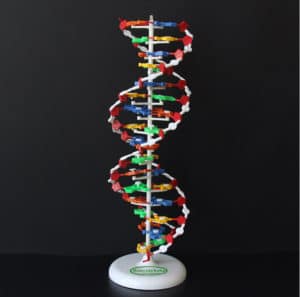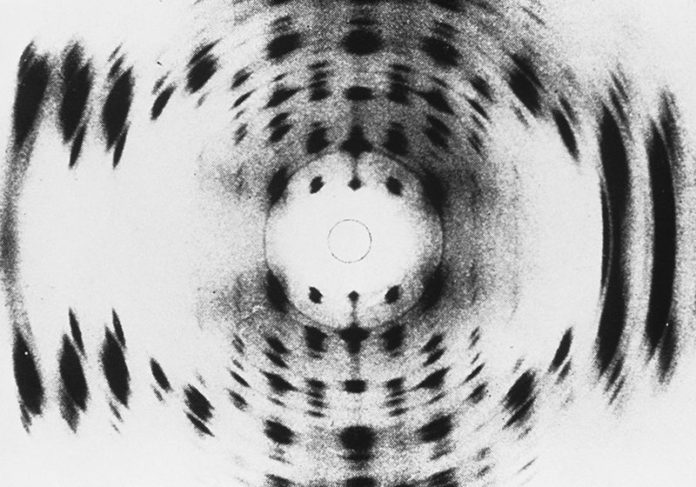There are four types of nitrogenous bases in DNA. Adenine (A) and guanine (G) are double-ringed purines, and cytosine (C) and thymine (T) are smaller single-ringed pyrimidines. All these four molecules provide the codes for life on our planet.
In a new study, scientists have doubled the number of life’s building blocks. For the first time ever, they have created a new kind of DNA into its elegant double-helix structure and found it had properties that could support life. This eight-letter genetic language seems to store and transcribe information just like natural DNA.
Floyd Romesberg, a chemical biologist at the Scripps Research Institute in La Jolla, California said, “It’s a real landmark. The study implies that there is nothing particularly “magic” or special about those four chemicals that evolved on Earth. That’s a conceptual breakthrough.”

Usually, DNA is made up of two strands that are twisted around each other to form a right-handed helix, called a double helix. Base-pairing takes place between a purine and pyrimidine: namely, A pairs with T, and G pairs with C.
In a new study, scientists crafted the synthetic DNA using four additional molecules, so that the resulting product had a code made up from eight letters rather than four. With the increase in letters, this DNA had a much greater capacity to store information.
Scientists dubbed this new DNA as ‘Hachimoji’- which means eight letters in Japanese.
The research group, which included several different teams across the U.S., created hundreds of these Hachimoji double helixes with different combinations of the natural and synthetic nucleotide base pairs.
The letters of DNA pair up because they form hydrogen bonds: each contains hydrogen atoms, which are attracted to nitrogen or oxygen atoms in their partner. By adjusting these holes and prongs, the team has come up with several new pairs of bases, including a pair named S and B, and another called P and Z.
By combining these four synthetic bases with the natural ones, they created eight-letter language hachimoji.
Then, they conducted a series of experiments to see if the various double helixes had properties needed to support life.
Natural DNA follows some predictable rules to act as an information storage system. They remain stable and predictable no matter what order the synthetic bases were in. This is important because for life to evolve, DNA sequences need to be able to vary without the whole structure falling apart.
Scientists created hundreds of molecules of the synthetic DNA and found that the letters bound to their partners predictably. Using X-ray diffraction, the team showed that three different sequences of the synthetic DNA retained the same structure when crystallized.
Philipp Holliger, a synthetic biologist at the MRC Laboratory of Molecular Biology in Cambridge, UK said, “This is a substantial advance because other methods of expanding the genetic alphabet are not as structurally sound. Instead of chemicals that use hydrogen bonds to pair up, these other approaches use water-repelling molecules as their bases. These can be placed at intervals in-between the natural letters, but the structure of DNA breaks down if they are placed in a row.”
Steven Benner, founder of the Foundation for Applied Molecular Evolution in Alachua, Florida said, “We showed that the synthetic DNA could be faithfully transcribed into RNA. The ability to store information is not very interesting for evolution. You have to be able to transfer that information into a molecule that does something.”
Scientists created synthetic DNA that codes for a certain aptamer and then confirmed that the transcription had occurred and the RNA sequence functioned correctly.
Holliger said, “The work is an exciting starting point, but there is still a substantial distance to go before reaching a true eight-letter synthetic genetic system. One key question, for example, will be whether the synthetic DNA can be replicated by polymerases, the enzymes responsible for synthesizing DNA inside organisms during cell division. This has been demonstrated for other methods such as Romesberg’s, which uses water-repelling bases.”
Benner said, “The work shows that life could potentially be supported by DNA bases with different structures from the four that we know, which could be relevant in the search for signatures of life elsewhere in the Universe.”
Adding letters to DNA could also have more down-to-earth applications.
